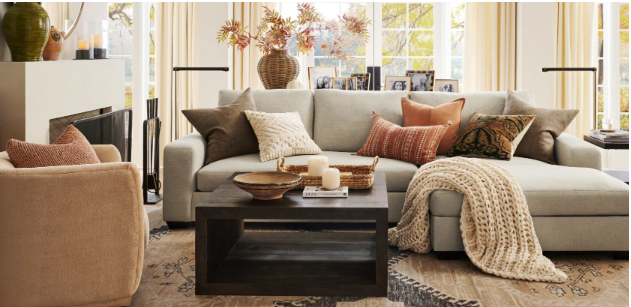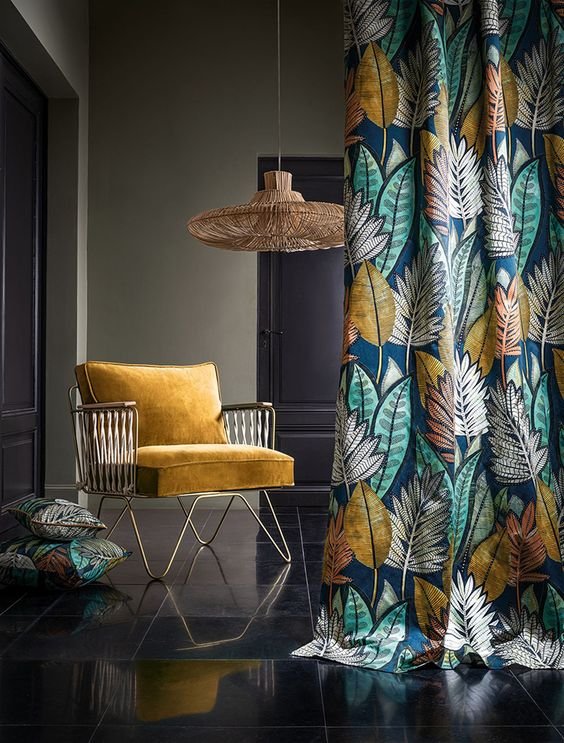Tips to Design a Small Space to Make it Feel Larger
/Designing smaller spaces comes with a unique set of challenges, but there's nothing you can't tackle. Our Chicago interior designers love taking a small room and transforming it into a focal point – a jewel of your tiny house. No matter what your floor space is, we have tips to make any room feel larger. From using multifunctional furniture to clever design elements like mirrors and storage solutions, here are some small home hacks that will help you make the most of your tiny space.
Declutter and Organize
Before diving into our small living room ideas, it's important to get organized. Start by decluttering and clearing out cabinets, open shelves, and storage bins. When you have limited space, you should regularly assess if your furniture and decorative items are serving you in the way that they should, or if they are taking up available space unnecessarily. Efficient organization and storage solutions are crucial. We recommend investing in furniture with built-in storage space, like ottomans and under-bed drawers. Explore more storage ideas here.
Clever Furniture
When you've cleared out as much as you can, it's time to choose your furniture. Where possible, look for furniture that pulls double duty, maximizing functionality as well as form. You might be able to find a dining table that can also serve as a work desk or a sofa bed that converts your small living area into a guest room. Other furniture ideas for tight spaces include sofas with curved edges, low-slung furniture that maximizes ceiling height, and Lucite furniture. All of these interior design tips create the illusion of a larger room.
Strategic Color Palette
Light and neutral colors work wonders in compact spaces. As opposed to dark colors, these hues create a bright and airy atmosphere, reflecting light and visually expanding a small living space. Consider soft whites or creams, pale blues, or greys to open up your space and create a serene room look.
Let the Light In
To maximize the illusion of spaciousness, play up your natural lighting. If possible, invest in large windows or glass doors to bring in lots of natural sunlight. Sheer draperies that allow light to filter through create the perception of more square feet.
Open-Concept Layout
If you have several small, cramped rooms, consider removing a wall or two for a more open-plan style design. Eliminating spacial divisions is a great way to make your home feel larger and more welcoming. You can still create cozy areas within your space with rugs and furniture without blocking the flow of light. Extend this open concept into outdoor spaces with pocket doors and coordinating furniture, blurring the lines between indoor and outdoor living. Explore ways of connecting your indoor and outdoor spaces here.
Use Mirrors
Mirrors are a timeless trick for making a space feel larger. Strategically place a large mirror at eye level across from your windows to reflect light and create the illusion of depth. A statement mirror can serve as both a decorative element over the mantle or behind the dining table as well as a means of enhancing spaciousness. This is a great trick for a small bathroom or studio apartment.
A small space doesn't mean you should do the bare minimum. Instead, think of it as an opportunity to create the illusion of more space while tapping into your personal taste. Trust us, even with a small footprint, you can create a well-designed living room. If you need help transforming your smaller living spaces, please get in touch! As a leading Chicago interior designer, I have lots of tips for turning small apartments and homes into expansive spaces filled with personal style.
PHOTO CREDIT: pinterest
PHOTO CREDIT: clarice semerene
PHOTO CREDIT: shein
photo credit: pinterest














































































